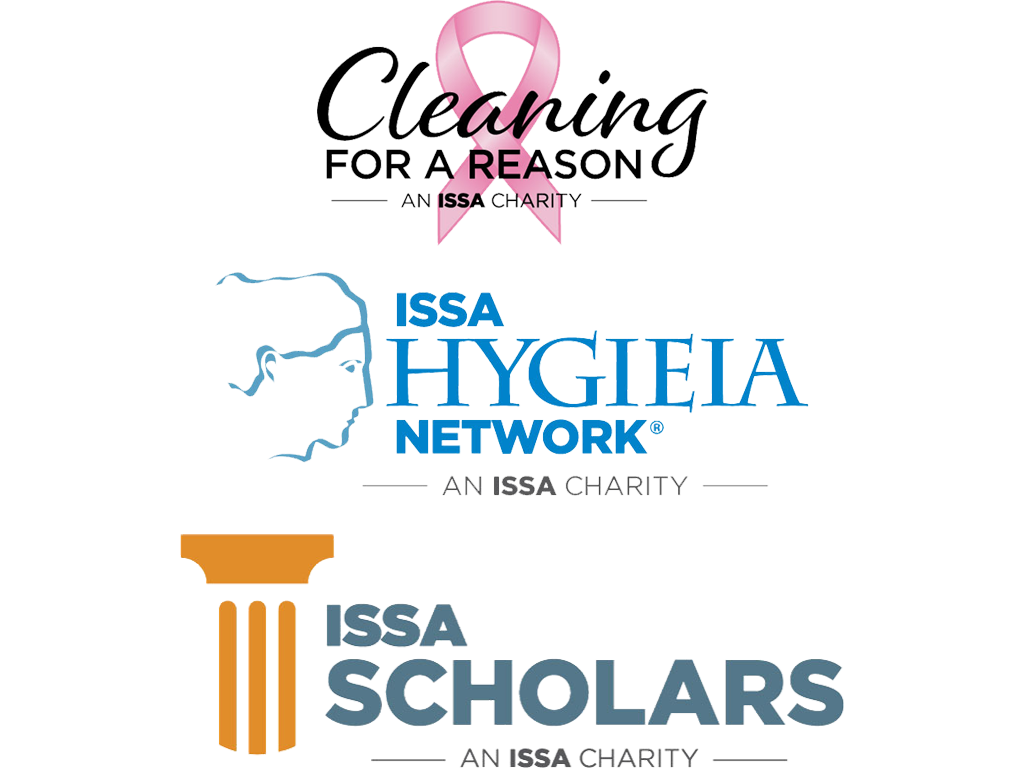Articles
Floor Care Tips: From Start to Re-Finish
Categories: Cleaning Applications
By Sean Martschinke | May 6, 2014 << Back to ArticlesAccessible by: anyone
While it is not unusual for Chicago, IL, to experience tough winters, the winter of 2014 was one of the worst in the city’s history. Snowfall almost every other day and otherwise frigid conditions caused one local meteorologist to nickname the city “Chiberia.” But Chicago was not the only city that suffered through a brutal winter; both the northeastern and southeastern United States experienced record-low temperatures and more snow than usual.
While the winter of 2014 made life difficult for millions of people in the United States, it also created havoc for many floors in schools, office buildings, convention centers, and other facilities around the country. Those floors that managed to hold up were most likely protected by a durable floor finish designed to prevent resoiling and applied by a well-trained cleaning professional.
A Year-Round Process
Even under ideal conditions, floors are exposed to contaminants and outside soiling, including salt and other ice-melt chemicals. Without adequate cleaning measures in place, such soiling can cause serious damage to even the best floor finish. Proper floor maintenance, especially during winter months, includes frequent cleaning, installation of high-performance matting, and damp mopping with a daily cleaner. If floors require more serious care, buffing/burnishing or using an automatic scrubber and then recoating the floor can usually remove soils and blemishes on a finished floor, restore its shine, and add a layer of protection.
If a durable finish has not been applied, floors can take on a darkened appearance. Even when a finish has been applied, simply polishing, scrubbing, and recoating are not enough to restore a floor’s appearance due to the volume of soil that has been tracked in. The best option in this situation is to strip and then refinish the floor.
Floor Stripping and Refinishing Pointers
Before going further into the stripping and refinishing process, facility managers and cleaning professionals should consider some basic floor-refinishing facts. First, before beginning any work, make sure winter’s havoc has completely passed, especially after a harsh winter such as this past one. Some facility managers in Chicago, for example , usually begin major floor care work in April or May. However, they are waiting until June this year just to ensure the cold weather is long gone.
Another practice to consider is to select floor care products―including daily cleaners, strippers, finishes, etc.―that are the same brand and come from the same manufacturer. There is often a synergy in these product formulations, meaning they work together well. This also can streamline the floor care chemical selection process.
Further, instead of viewing floor care as a cleaning task, building managers and cleaning service providers should recognize floor care for what it is—an investment. If done properly, a proactive floor care program can pay returns by minimizing slip-and-fall accidents, reducing costly refinishing cycles, helping to maintain a clean and healthy facility, and establishing the quality impression facility owners and occupants want to convey.
The Stripping/Refinishing Process
There are several steps to properly strip and refinish a floor. The first step is to clean the floor effectively before stripping. Sweep or vacuum and then damp mop the floor using a fresh mop. Change the mop head and rinse the bucket frequently to ensure soils are not being spread from one area to another.
When using strippers, gradually apply them in small areas to ensure the chemical does not dry on the floor. Be sure that a stripping pad has been attached to the floor machine, typically a low-speed buffer.
A wet/dry vacuum also should be employed to help remove the slurry left behind during the refinishing process. The goal is to ensure that soils and the old, damaged floor finish is vacuumed up and thoroughly removed.
While cleaning professionals should not cut corners, there are ways to streamline the process and move things along a bit faster. For instance, using a no-rinse stripper that does not require the use of a neutralizer can save time. Be careful that chemical residue is not left on the floor, as this can harm the floor’s appearance and impact the durability of the finish once it is applied.
When applying finish, remember that these chemicals dry from the top-down. Therefore, while the surface may be dry to the touch, the finish may not have dried thoroughly or hardened completely. Waiting 30 minutes or longer between applications should be sufficient in most cases, but the reality is that many environmental factors impact how fast finish dries.
As to the number of coats, view the first two coats of finish applied to the floor as the foundation. From there, three or four additional coats are typically recommended. Note that it is extremely important to apply thin, even coats of finish. This enables each coat to dry more thoroughly and harden, increasing the durability of the finish and creating better protection for the floor.
Beyond Stripping and Refinishing
Daily care is critical to maintaining floor finishes after the refinishing process. Many facility managers find it best to establish a daily floor maintenance program. An astute distributor can help customers create this program, which should include regular sweeping/vacuuming and damp mopping, as well as buffing/burnishing and scrubbing.
Given the expense of flooring products and installation, floor care is a crucial investment for any facility. Implementing a proper daily floor care routine is an essential part of protecting this investment.
About the Author.
Sean Martschinke, a CIMS ISSA Certification Expert (I.C.E.), currently serves as the product manager for Tornado Industries, a manufacturer of professional floor care and other cleaning tools and equipment. He may be reached through Tornado’s website a twww.tornadovac.com.


